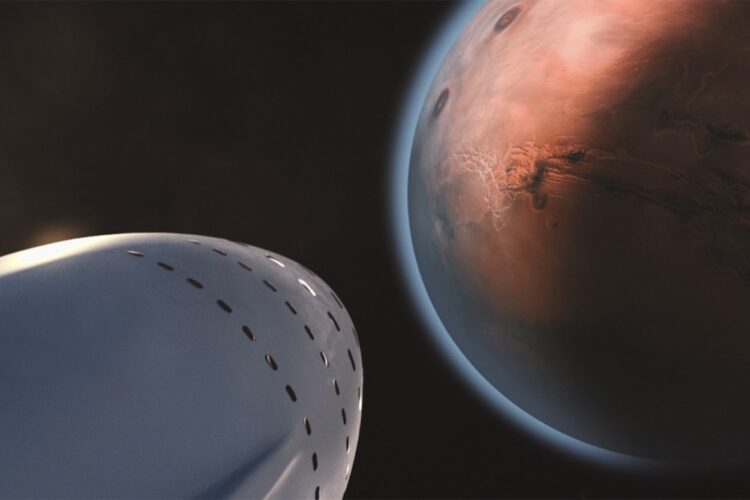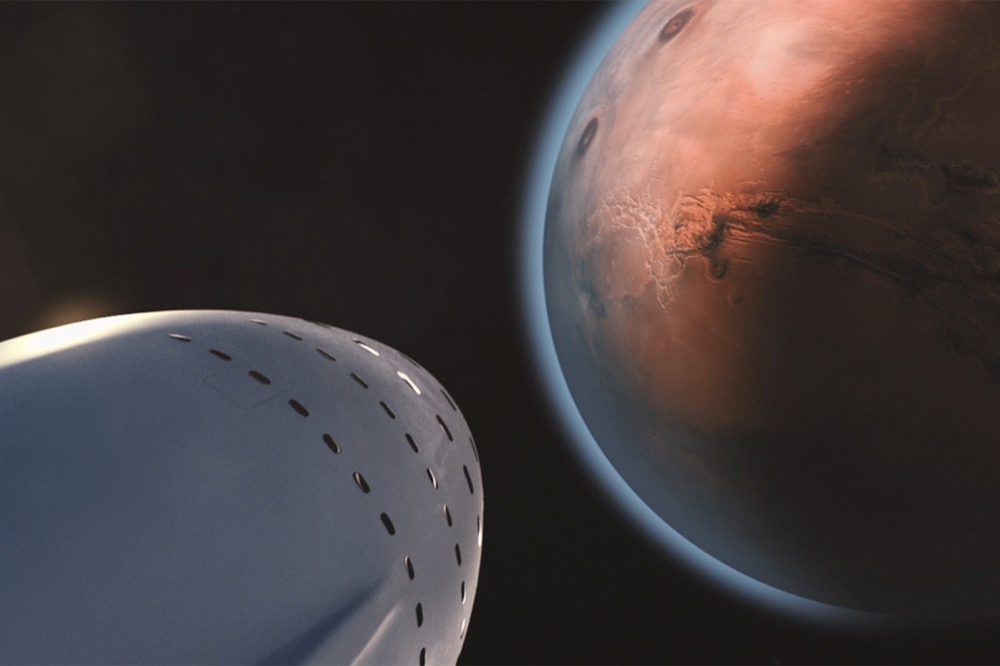Last June, a massive dust storm engulfed Mars and immobilized the most famous robots in the galaxy, Opportunity and Curiosity. This is not the first time that Martian dirt has prevented Opportunity from recharging its solar panels. Its creators originally predicted that the planet’s harsh weather conditions would limit the rover’s mission to ninety sols (the equivalent of 93 earth days). This year, if it survives the current tempest, Opportunity will celebrate its 15th working anniversary on the red planet.
Weather is often the nemesis of autonomous missions. The example of NASA’s billion-dollar fleet being disabled by mere dust illustrates the profound problem that machines are far from being self-reliant. Closer to Earth, high atmospheric ice is one of the biggest challenges for Unmanned Aerial Vehicles (UAVs). This natural phenomenon is responsible for grounding even the most critical military drone operations, as freezing conditions adversely affect aerodynamics and performance.
The paradigm of reversing nature in aeronautics is useful for all aspects of autonomous systems. Starting in the late 1980s, NASA set out to develop a series of deicing solutions to make aviation safer. The most famous of these technologies is the Electro-Expulsive Separation System (EESS) or “Ice Zapper” developed by NASA engineer Leonard Haslim. According to the space agency’s website, the Zapper “employs a pair of conductors embedded in a flexible material and bonded to the aircraft’s frame—on the leading edge of a wing, for example. A pulsing current of electricity sent through the conductors creates opposing magnetic fields, driving the conductors apart only a fraction of an inch but with the power to shatter any ice buildup on the airframe surface into harmless particles.”
The Zapper was eventually licensed by NASA to a private company, Ice Management Systems (IMS), which was acquired by Thompson Ramo Wooldridge (TRW), now part of Northrop Grumman. Haslim’s invention today is a complete aeronautic platform that is embedded within an energy-efficient power system, conductive actuators and an internal carbon-fiber core. According to IMS founder Mark Bridgeford, the platform has already been deployed on the Northrop Grumman’s Hunter UAVs and General Atomics Sky Warriors. “One reason we have hit a spot with the UAV business is the simple fact that our system utilizes so little energy,” explains Bridgeford. The IMS platform is one of the first mechatronic systems that is energy efficient. Bridgeford continues, “With the electro-expulsive technology, UAVs are able to incorporate continuous, year-round ice protection into their airframes.”
Energy consumption is the key to active deicing. Unlike anti-icing systems that prevent particle buildup through material design and engine back-flow systems, deicing is typically manually implemented in manned aircraft, on an as-needed basis to conserve fuel. Drones do not have this luxury of flipping a switch and need active pervasive monitoring. While the Zapper and other electro-expulsive methods shoot bursts of energy to shake the ice off of wings, this method has underdelivered for many unmanned missions. Aerospace solutions provider Cox & Company is now offering a competing technology called “Thermo-Mechanical Expulsion Deicing System (TMEDS)” for Northrup Grumman’s Triton drones. Cox claims that this technology not only delivers better results for unmanned systems but also consumes less power.
Inspired by the US Coast Guard’s icebreaking marine technology, Dr. Kim Sorensen joined NASA’s Ames Research Center as part of his doctoral thesis on aerial ice protection systems. Soon after, Sorensen launched the first autonomous deicing flight in Alaska using an ultra-lightweight one-meter drone. The success of this prototype led to him establishing Ubiq Aerospace in 2017 to bring cost-effective automated deicing to the commercial UAV sector. Based in Sorensen’s home country of Norway, Ubiq aims to be customer ready by the end of 2019. “The D•ICE technology was based on three design principles – No Weight, No Volume, No Power. Aside from these principles we also needed to ensure that the system could operate in complete autonomy,” says Dr. Sorensen. By contrast “Various systems have been designed and are flying on the commercial manned aircraft that fly today. All these systems require human interaction in various degrees. They carry penalties as most are very heavy, all of them are structurally invasive, and/or some are environmentally harmful… As such, none of the existing icing protection systems are suitable for use on unmanned aircraft,” explains Dr. Sorensen.
According to Aviation International News Ubiq has filed its initial patents and is currently in discussions with manufacturing partners to build its “carbon-nano thermal panel components” to meet industry standards. The large-scale platform will be composed of these thermal panels, as well as embedded temperature sensors, power components, and a computational brain. One of Ubiq’s differentiating features is its intelligent algorithms that automatically enable safe deicing with minimum power drain by switching the unit on and off as needed. Sorensen describes, “There is a lower boundary for what power you do require to ensure that icing doesn’t build or you can deice, and we are trying to get as close to that boundary as possible.” The company is already working with Norway’s defense department on expanding its applications to rotor UAVs, potentially accelerating the use cases for large-scale cargo missions and, even, flying cars. In an email to me earlier this week, Ubiq’s founder states, “The D•ICE tech has wider use indeed. There are several secondary industries that would have a use for a solution like this. Most obvious is the wind energy industry with their enormous ocean-based farms.” Ironically, many terrestrial wind turbine operators are turning to drone service providers today for deicing solutions as demonstrated in numerous YouTube videos.
As robotics continues to cross the chasm from lab research to field operations, weather -control systems are becoming increasingly more critical. The center for subfreezing temperature research is the University of Alaska in Fairbanks. According to a press release this past May, The University has partnered with the U.S. Department of Transportation to help shape the “the future of drones in America” and “speed up the safe entry of unmanned vehicles into the nation’s airspace.” A key component of this endeavor is researching technological solutions for unmanned systems operating in harsh climate environments “to deliver medical devices to remote areas, help with search and rescue operations, survey fish and wildlife, and monitor pipelines, roads, and other infrastructure.” In announcing the partnership, U.S. Secretary of Transportation Elaine Chao declared, “We are looking forward to helping today’s winners unlock the enormous potential of drone operations, which will create new services and jobs in their local communities.” Besides the economic opportunity that Secretary Chao cites, there could be other “winners” altruistically driven by the pursuit of science on Earth, Mars and, maybe, the entire galaxy.



